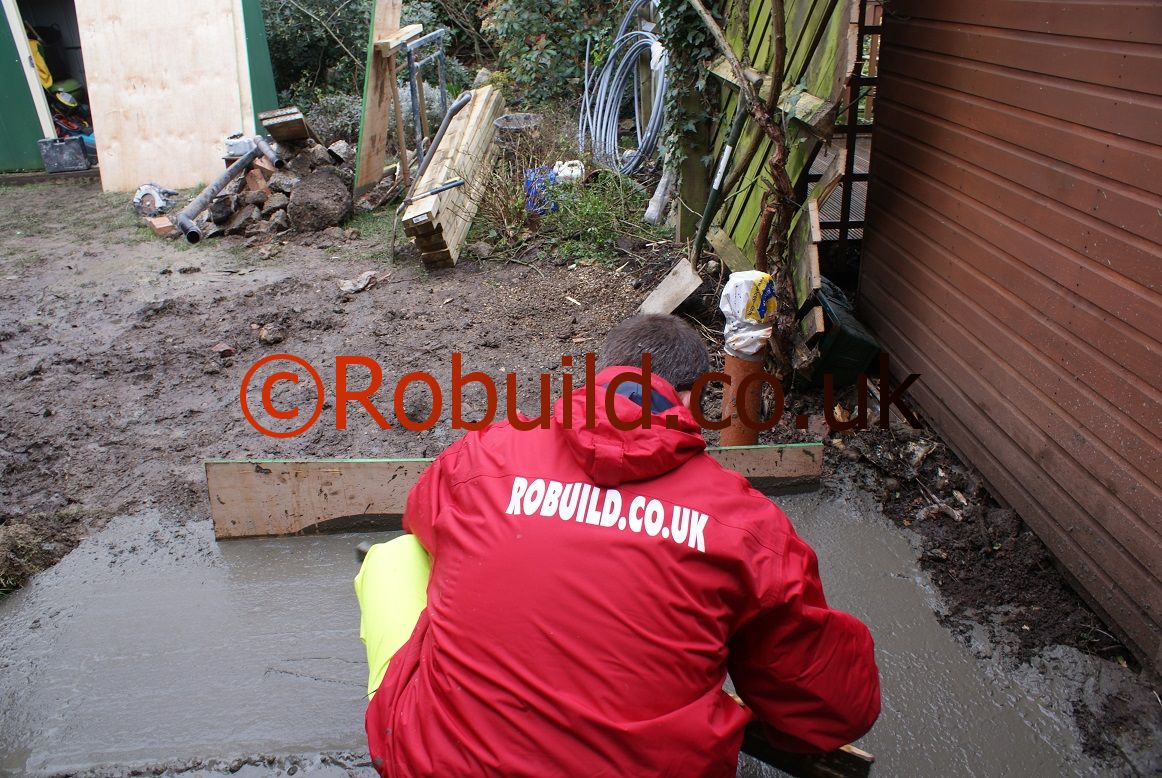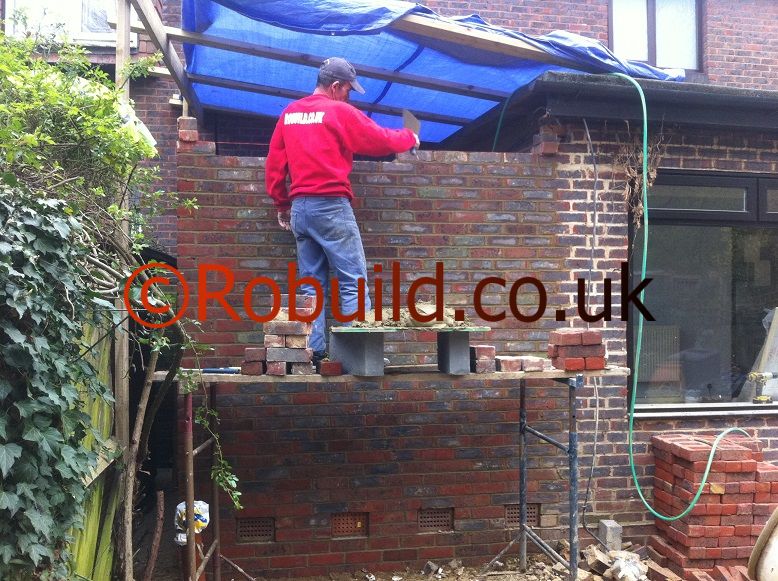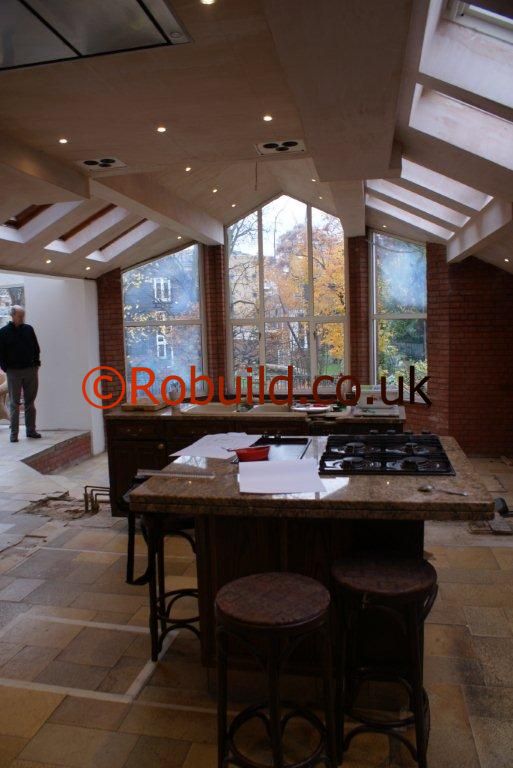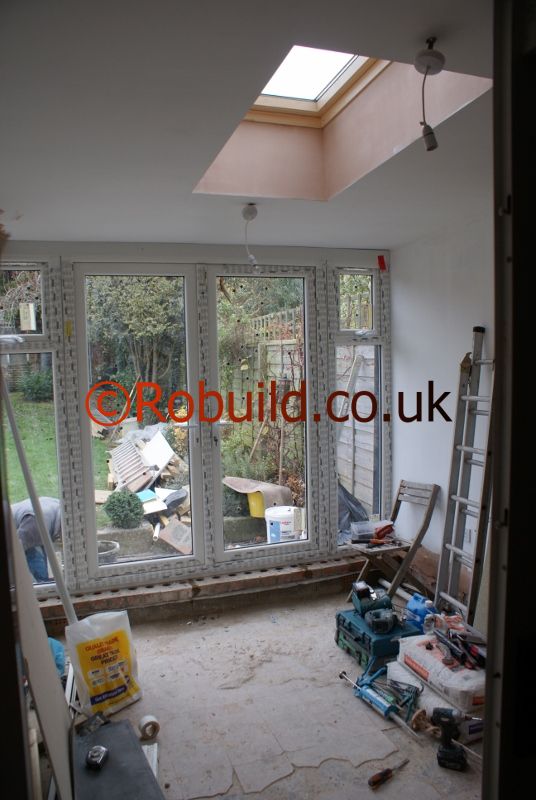Because we operate mainly in London, we decided to acquire the following domain names :
Our new websites will be part of Robuild London Group in the future.
House Extensions, Kitchen Extensions, Loft Conversions, Garage Conversions Builders in London
Because we operate mainly in London, we decided to acquire the following domain names :
Our new websites will be part of Robuild London Group in the future.

Extending an existing kitchen extension


Video clip
Building a dome using bricks and no support frame

Kitchen extension open plan skylights

L shaped kitchen extension skylights roof lights

Skylights kitchen extension

Electric roof windows

Masive RSJs beam structural works

Conservation area listed building electric windows

Roof lantern

Maisonette roof lights

Velux roof window flat roof fibreglass
Grade 2 listed building roof lights
Asphalt flat roof window

Velux roof window

Roof lantern lead roofing
Flat roof skylight

Extension roof light
Experts can lay bricks or blocks, quickly and well. Amateurs can usually do one or the other, but not both.

It you are content to work slowly, and if necessary to knock down a piece of wall and start again (if you do it before the mortar is dry you can brush off the bricks and all you have wasted is a few shovelsful of mortar), there’s no reason why a householder shouldn’t be his own bricklayer. Once you’ve begun to master the technique a whole range of jobs becomes possible, from making dwarf walls for the base of a greenhouse or garden shed to building a garage or a house extension. Start with a garden wall – if the results are a little irregular, you can always claim that the rustic look was intended.
Most tools needed can be hired or bought: brick trowel, pointing trowel, bricklayer’s spirit level (a yard long with two bubbles so it can be used horizontally and vertically), club hammer, bolster chisel, bricklayer’s line, a rule.

To cut a brick, chip a groove in it with hammer and bolster and tap unwanted side sharply. When a bricklayer does it the brick falls neatly in half; amateurs can use a lot of bricks before they master the knack (though a brick which hasn’t broken cleanly can still be used provided the face side is the right length). An easy way round this is to use a brick saw, a handsaw with hardened teeth set into the blade, and simply saw the bricks to size.
Wear working or gardening gloves; the mortar is hard on the hands. For a garden wall, mark out and dig a foundation twice the width of the wall; take out topsoil until you reach a firm base, the deeper the footing is, the better. Drive in pegs and level them, using a line or a straight-edged board and spirit level, so peg heads are about 7cm below ground level. Now fill trench with concrete (1 part cement, 6 of all-in ballast) to the top of the pegs and leave it to harden.

There are hundreds of different types of bricks, of different strengths, colours, finishes and prices; and the mortar in which they are set depends on the brick and the job it has to do.

Bonds are the patterns in which bricks are laid – English bond, stretcher , Flemish bond. Their purpose, apart from appearance, is to ensure that, for the sake of strength, no vertical joint comes directly above another. With foundations laid, stretch a line to mark where the face of the wall is to be, put a pile of bricks near each end.

If it is dry weather moisten them, the bricks should feel damp, dust-free mix mortar. Bricklaying is a hard job but also relaxing if you do it as hobby.
Sometimes, building a small extension can be done very cheaply if the new extension can make use of three existing walls. You might not need Planning Permission, but you must apply for Building Control by submitting a Building Notice and pay the required fee. Note: if you submit the Building Notice but you do not pay the fee – the Building Notice is ignored by the Council.


Demolition of the old conservatory
Because there are already three existing walls, the old property and the neighbour’s extension wall, in this case we have an U – shaped site. After getting the neighbour to sign the Party Wall Agreement, the wall can be used as part of the new extension.
Infill extension
Due to a tree close by, the Building Control asked for the foundation to be 1.5 deep.

Because the foundation was small in size, mixing the concrete needed to fill up the footing was done by hand.

The trench does not have to be filled up to the rim, it can be done bellow the ground level. Just make sure is levelled, it makes the bricklayer’s job easier.

For this particular home extension, the roof is a flat roof ( warm decking – warm roof ). You can also see the brickwork bellow the DPC level ( damp proof course )


The flat roof is covered by fibreglass and for the light we installed a Velux window right in the middle of the roof.

Having a large roof window installed, will provide natural light.


Double glazing extension french door


Building an extensions and the neighbour is having an issue about a shared wall ? It happens quite often , especially in London area. Trial holes or trial pits for the foundations and employing a Surveyor is needed sometimes.

A trial pit for a shared wall
What is a party wall?
The main types of party walls are:
a wall that stands on the lands of 2 (or more) owners and forms part of a building – this wall can be part of one building only or separate buildings belonging to different owners
a wall that stands on the lands of 2 owners but does not form part of a building, such as a garden wall but not including timber fences
a wall that is on one owner’s land but is used by 2 (or more) owners to separate their buildings
The Act also uses the expression ‘party structure’. This could be a wall or floor partition or other structure separating buildings or parts of buildings in different ownership, such as in flats.
What the Act covers
The Act covers:
new building on or at the boundary of 2 properties
work to an existing party wall or party structure
excavation near to and below the foundation level of neighbouring buildings
This may include:
building a new wall on or at the boundary of 2 properties
cutting into a party wall
making a party wall taller, shorter or deeper
removing chimney breasts from a party wall
knocking down and rebuilding a party wall
digging below the foundation level of a neighbour’s property
What the Act covers
The Act covers:
new building on or at the boundary of 2 properties
work to an existing party wall or party structure
excavation near to and below the foundation level of neighbouring buildings
This may include:
building a new wall on or at the boundary of 2 properties
cutting into a party wall
making a party wall taller, shorter or deeper
removing chimney breasts from a party wall
knocking down and rebuilding a party wall
digging below the foundation level of a neighbour’s property
You can read more about Party Wall Act here :
https://www.gov.uk/government/uploads/system/uploads/attachment_data/file/207310/Party_Wall_etc._Act_1996_-_Explanatory_Booklet.pdf
When you fix something up, you want to make sure it’s not going to fall down as soon as your back is turned. So it’s important you use the right type of fixing for the material on which you plan to put your fitments. The correct fixing method depends not only on the construction of the wall but also on the weight and nature of the object to be supported.

There are two basic types of wall- solid (brick or block built) or hollow partition. From the point of view of wall fixings cavity construction can be regarded as solid brickwork. If you tap the surface of your wall you will get either a solid or hollow response depending on the construction. Remember where a thick plaster coating is applied to brickwork it is important to get your fixing securely into the brickwork for maximum support. Hollow types consist of sheets of plasterboard or laths and plaster fixed to a timber framework and are mainly used for partitioning. Decide exactly where you want to place the fitment on the wall and then mark the fixing holes accordingly. Drill holes in the fitment first, if not already made. Don’t attempt to fix heavy items on partition walls unless you can drill into the framework of the partition.
Drilling into a wall
For this job you will need a tungsten carbide-tipped masonry drill bit fitted into the chuck of an electric or hand drill. The tough carbide tip ensures a long life for the drill bit even with the rapid wear and tear involved in drilling masonry. If your drill has more than one speed, operate it as slowly as possible. If you find a section is extremely hard, such as a concrete lintel above a door or window, you may need a hammer action electric dri1l or a drill fitted with a hammer attachment. The hammer drill bit is driven into the wall by turning and hammering simultaneously.